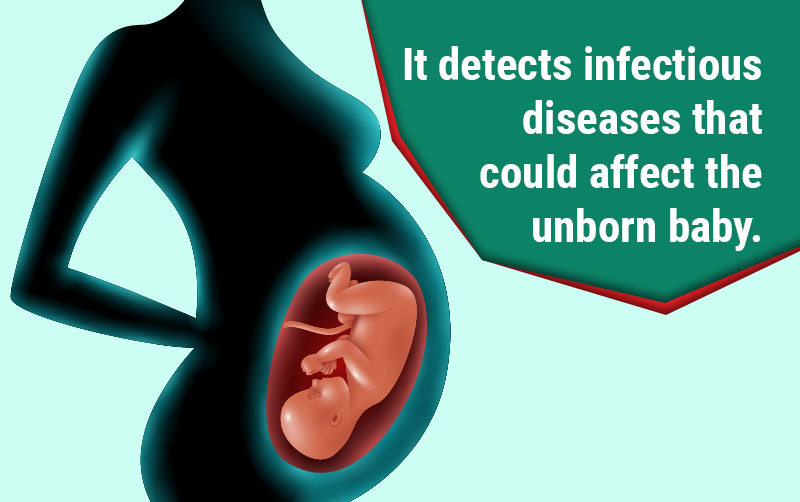
Torch Test in Pregnancy: A Comprehensive Guide
Introduction
Pregnancy is a time of great joy and anticipation, but it also comes with certain risks and concerns. One important aspect of prenatal care is screening for infections that can potentially harm the developing fetus. The TORCH test is a panel of blood tests that screens for four specific infections: toxoplasmosis, rubella, cytomegalovirus (CMV), and herpes simplex virus (HSV).
What is the TORCH Test?
The TORCH test is a blood test that detects antibodies to the following infections:
- Toxoplasmosis: A parasitic infection that can be transmitted through contact with cat feces or raw meat.
- Rubella: A viral infection that can cause serious birth defects, known as congenital rubella syndrome.
- Cytomegalovirus (CMV): A common virus that can cause mild or severe symptoms in newborns, including hearing loss, vision problems, and developmental delays.
- Herpes simplex virus (HSV): A viral infection that can cause genital herpes and can be transmitted to the baby during childbirth.
Why is the TORCH Test Important?
The TORCH test is important because these infections can have serious consequences for the developing fetus. If a pregnant woman is infected with one of these infections, it can lead to:
- Miscarriage or stillbirth
- Birth defects
- Premature birth
- Low birth weight
- Long-term health problems
When is the TORCH Test Performed?
The TORCH test is typically performed during the first trimester of pregnancy, usually between 10 and 12 weeks. It may also be repeated later in pregnancy if there are any concerns about infection.
How is the TORCH Test Performed?
The TORCH test is a simple blood test. A healthcare professional will draw a small amount of blood from your arm and send it to a laboratory for analysis.
Interpreting the Results
The results of the TORCH test will show whether you have antibodies to any of the four infections. There are two possible results for each infection:
- Negative: You do not have antibodies to the infection, which means you are not currently infected or have not been infected in the past.
- Positive: You have antibodies to the infection, which means you have been infected in the past or are currently infected.
What if the Results are Positive?
If the results of your TORCH test are positive, your healthcare provider will discuss the next steps with you. Depending on the infection, you may need further testing, treatment, or monitoring.
Treatment for TORCH Infections
Treatment for TORCH infections depends on the specific infection and the stage of pregnancy. Some infections, such as toxoplasmosis, can be treated with antibiotics. Others, such as CMV, do not have a specific treatment, but supportive care can help manage the symptoms.
Prevention of TORCH Infections
There are several things you can do to prevent TORCH infections during pregnancy:
- Wash your hands frequently with soap and water, especially after handling raw meat or cat feces.
- Cook meat thoroughly to kill any parasites.
- Avoid contact with people who are sick with rubella or herpes.
- Get vaccinated against rubella and varicella (chickenpox) before becoming pregnant.
- Use condoms during sex to prevent HSV transmission.
Conclusion
The TORCH test is an important part of prenatal care. By screening for these four infections, healthcare providers can help prevent serious birth defects and other health problems. If you are pregnant or planning to become pregnant, talk to your healthcare provider about the TORCH test and other important aspects of prenatal care.